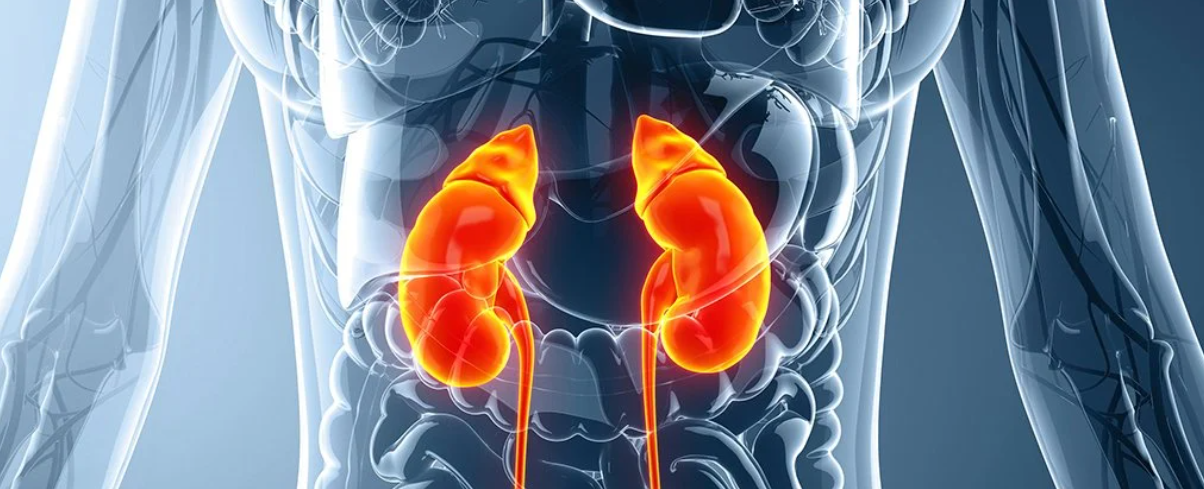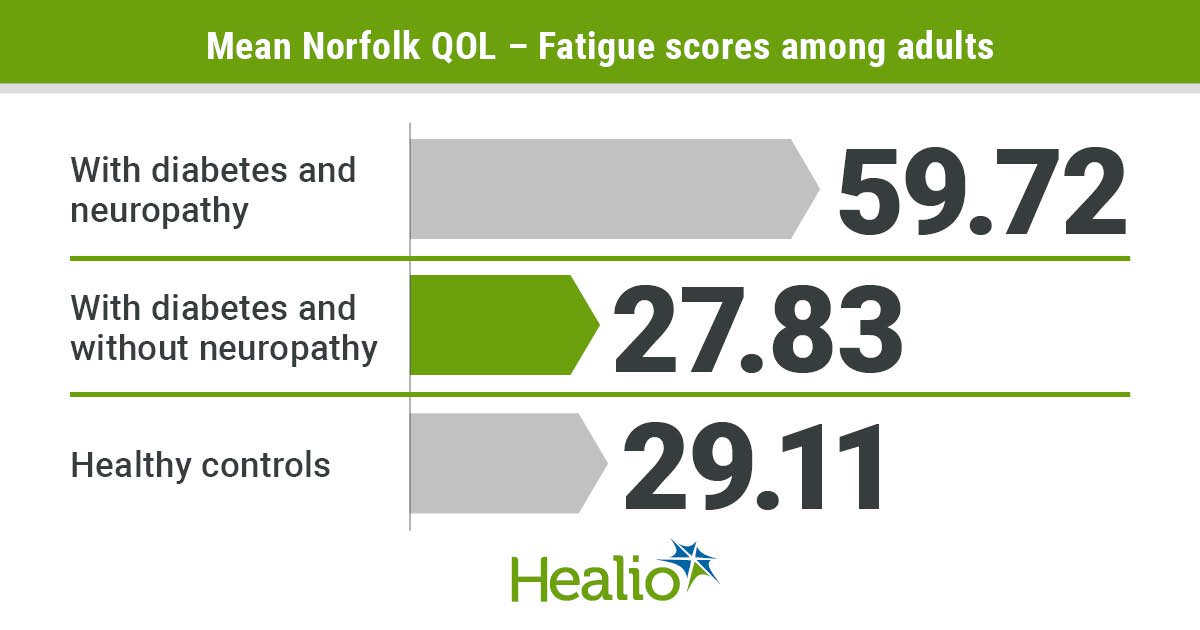Evotec, Sernova Striving for Functional Diabetes Cure was published by Alex Keown for BioSpace.com, 17 May 2022.
 Two life sciences powerhouses are coming together to develop an off-the-shelf beta cell replacement therapy for insulin-dependent diabetes patients, which they hope will become a functional cure for both types of the disease.
Two life sciences powerhouses are coming together to develop an off-the-shelf beta cell replacement therapy for insulin-dependent diabetes patients, which they hope will become a functional cure for both types of the disease.
This morning, Germany-based Evotec and Canada’s Sernova partnered to develop an implantable induced pluripotent stem cell (iPSC)-based beta cell replacement therapy that can be used with both type 1 and type 2 diabetes patients. The collaboration will harness the capabilities of Evotec’s QRbeta technology, which is used to produce iPSC-based beta cells in islet-like clusters, with Sernova’s proprietary Cell Pouch, an implantable and scalable medical device. Evotec’s islet-like clusters are functionally equivalent to primary human islets in their ability to normalize blood glucose levels using in vivo models over several months, the company said.
In previous studies assessing the Cell Pouch and primary donor islets, Sernova has seen long-lasting therapeutic results from its Phase I/II study. That trial saw sustained insulin independence in high-risk type 1 diabetes patients who previously required insulin injections for survival. The trial, conducted at the University of Chicago, has shown significant promise, with at least one patient having become insulin-independent, according to Sernova Chief Executive Officer Philip Toleikis.
Read more: Evotec, Sernova Striving for Functional Diabetes Cure
Researchers Just Found That Kidneys Act on Blood Differently Than We Thought Before was posted by Mike McRae for ScienceAlert.com, 20 May 2022.
 By this time tomorrow, every drop of blood in your body will have passed through your kidneys dozens of times. With each pass, water saturated with waste is removed to form urine, and freshly cleaned blood then returns back into circulation. We might imagine this vital task as a kind of force-fed filtration driven by the thumping pressures of our heartbeat. But, according to a new study co-authored by Johns Hopkins mechanical engineer Sean Sun, that description isn’t quite as accurate as once thought. This research was published in Nature Communications.
By this time tomorrow, every drop of blood in your body will have passed through your kidneys dozens of times. With each pass, water saturated with waste is removed to form urine, and freshly cleaned blood then returns back into circulation. We might imagine this vital task as a kind of force-fed filtration driven by the thumping pressures of our heartbeat. But, according to a new study co-authored by Johns Hopkins mechanical engineer Sean Sun, that description isn’t quite as accurate as once thought. This research was published in Nature Communications.
“Everyone hears that kidneys filter blood, but conceptually that is incorrect,” says Sun. “What we showed is that kidney cells are pumps, not filters, and they are generating forces.”
The organ’s ability to mix passive physics of osmosis with active shunting of various chemicals in order to balance our body’s salts, wastes, and water has also been extensively studied inside and outside of the body. Yet each kidney consists of kilometers of channels and tubules crammed into a space no bigger than your fist, potentially making for some weird plumbing deep inside. Studies have shown that the cells lining those tubules can sense changes in hydrostatic pressure, and even respond; however, it’s not clear how or even whether those changes push back in some way.
Working out how fluids swish through those itty-bitty pipes isn’t easy, either. Any experiment to study the hydraulics at work inside individual tubules would need some pretty impressive technology to screen out stray forces. This is precisely what Sun and colleagues from across the US came up with. Their micro-fluidic kidney pump (MFKP) consists of patterned blocks and porous membranes capable of containing a culture of cells that line kidney tubules.
Read more: Researchers Just Found That Kidneys Act on Blood Differently Than We Thought Before
Neuropathy primary driver behind higher fatigue in adults with diabetes was reported by Michael Monostra for Healio.com/endocrinology, 19 May 2022.
Adults with diabetes experience more fatigue compared with those without diabetes, with diabetic neuropathy being the primary driver for increased fatigue. In findings from a study presented at the AACE Annual Scientific and Clinical Conference, researchers used the Norfolk Quality of Life (QOL) – Fatigue tool to measure the cognitive, physical, and emotional aspects of fatigue of people with diabetes compared with healthy controls without diabetes.
 “We think the Norfolk QOL – Fatigue questionnaire has the potential to identify the impact of chronic diseases such as diabetes and neuropathy on the development of different components of fatigue,” Carolina M. Casellini, MD, assistant professor at the Strelitz Diabetes Center at Eastern Virginia Medical School in Norfolk, Virginia, said during a presentation. “Assessing the different components is especially relevant to clinicians caring for subjects with diabetes as fatigue can interfere with numerous factors affecting diabetes control and diabetes outcomes.”
“We think the Norfolk QOL – Fatigue questionnaire has the potential to identify the impact of chronic diseases such as diabetes and neuropathy on the development of different components of fatigue,” Carolina M. Casellini, MD, assistant professor at the Strelitz Diabetes Center at Eastern Virginia Medical School in Norfolk, Virginia, said during a presentation. “Assessing the different components is especially relevant to clinicians caring for subjects with diabetes as fatigue can interfere with numerous factors affecting diabetes control and diabetes outcomes.”
Read more: Neuropathy primary driver behind higher fatigue in adults with diabetes


The pump vs filter idea is amazing. No wonder diabetes acts so harshly on kidney tissue.